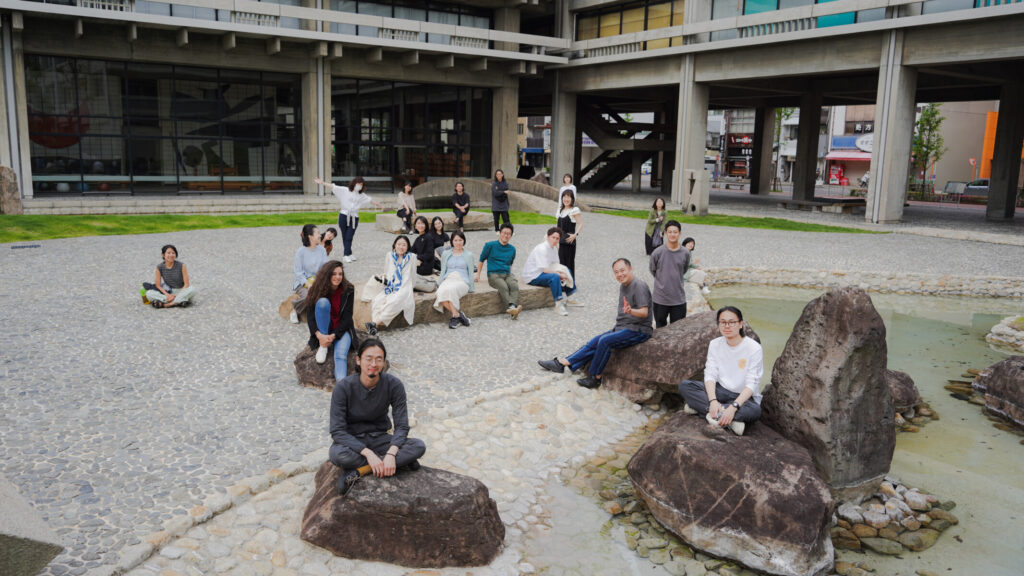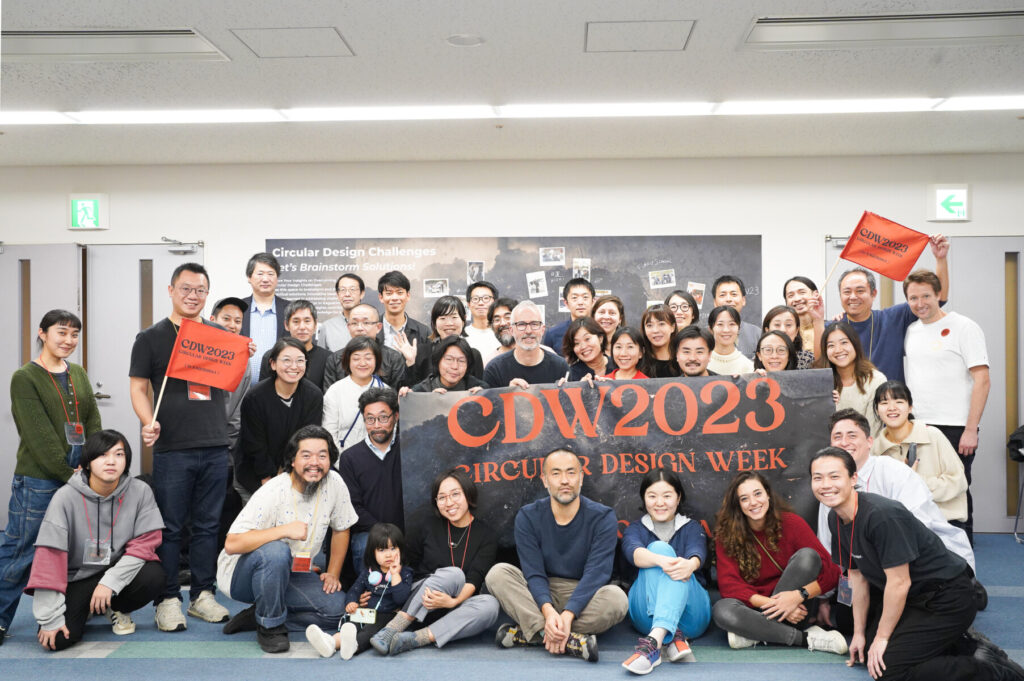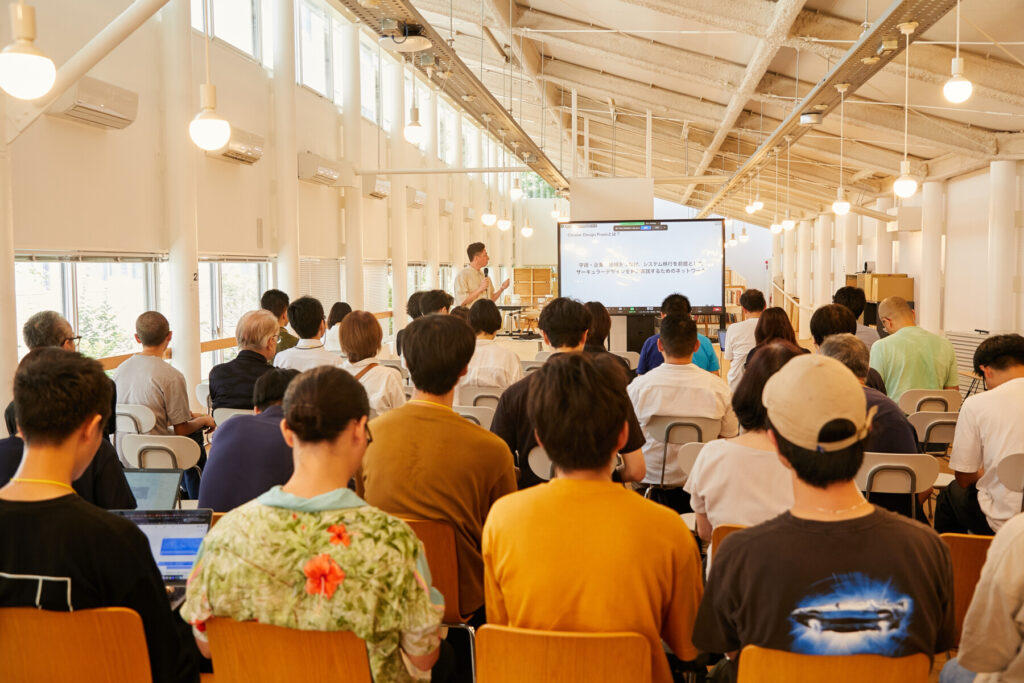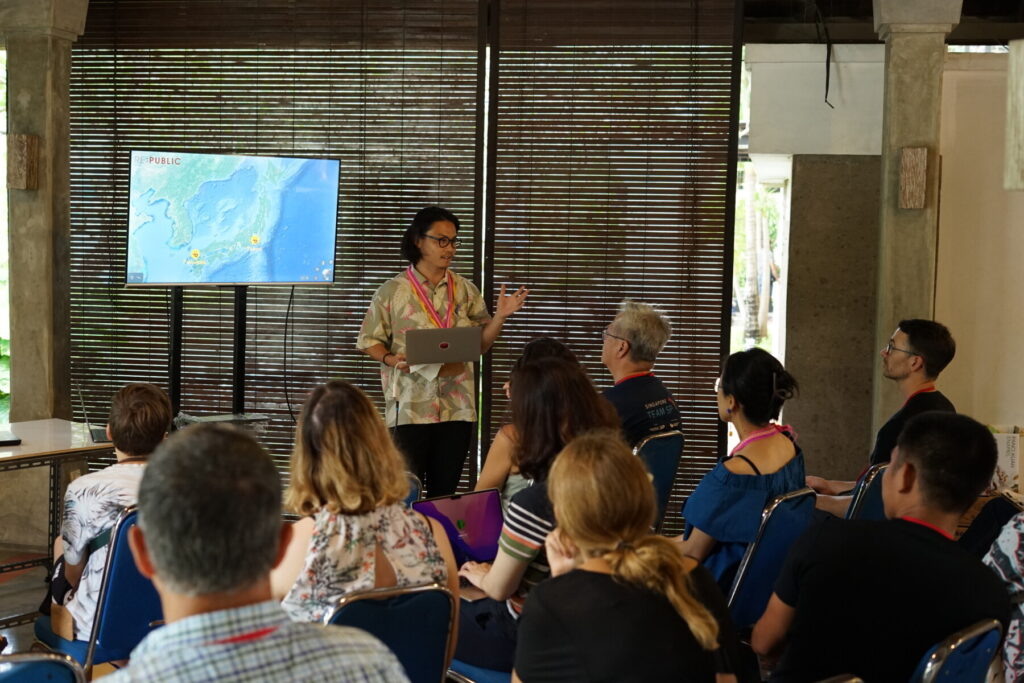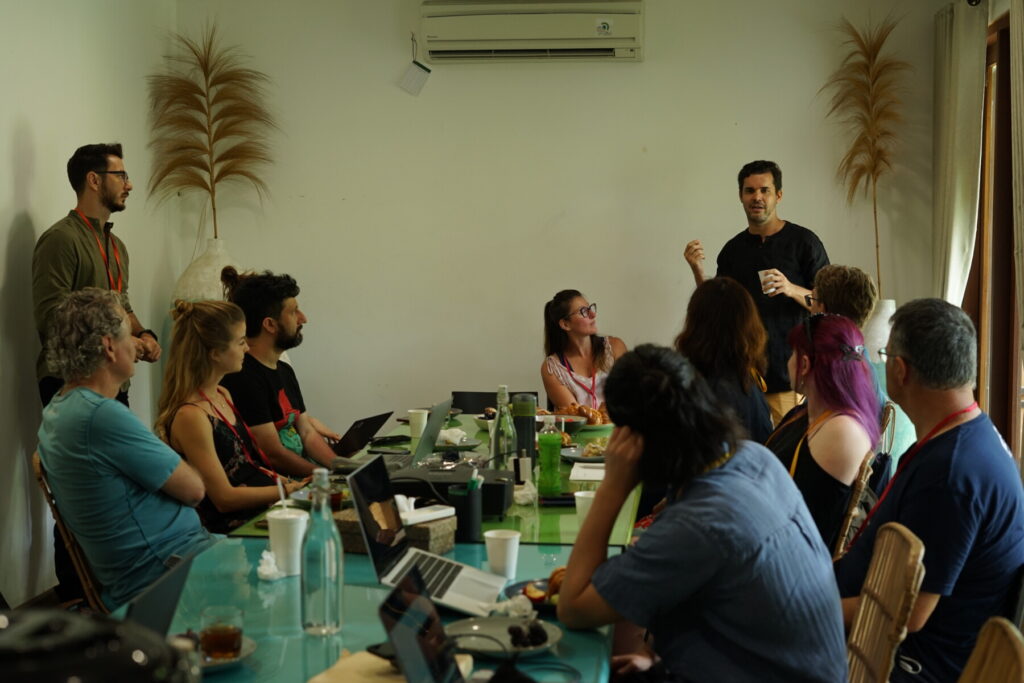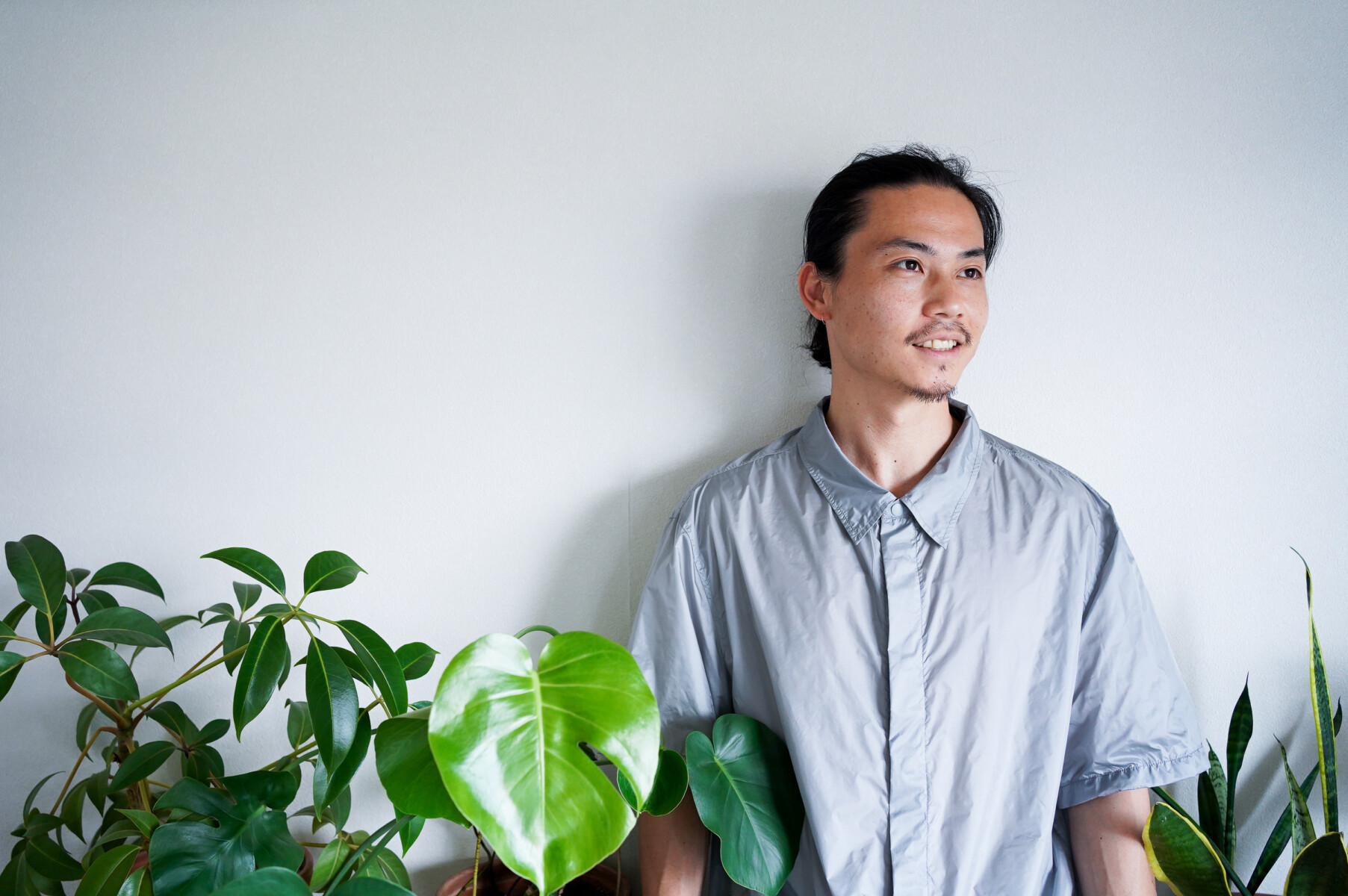
From Barcelona to Japan: A Vision for Circular Design in the Asia-Pacific
Meet Ryota Kamio, an MDEF alumni who is working with circular design practices in the context of the Asia-Pacific region.
Coming from a background in geography, Ryota’s first encounter with design was in the Master in Design for Emergent Futures. He connected with us remotely from Japan to tell us about his experience throughout and after MDEF. In the following blogpost, you can find an interview with him where you can discover the projects he is developing in Japan and beyond.
Hello Ryota! Thank you for taking part in this interview. Let’s start by telling us a bit about your MDEF journey.
MDEF for me was the first encounter with design. I learned everything from the design mindset to the technical skill sets, and particularly about the design for futures, which includes a very wide range of disciplines. I learned quite a lot about the attitude of being a designer in the 21st century.
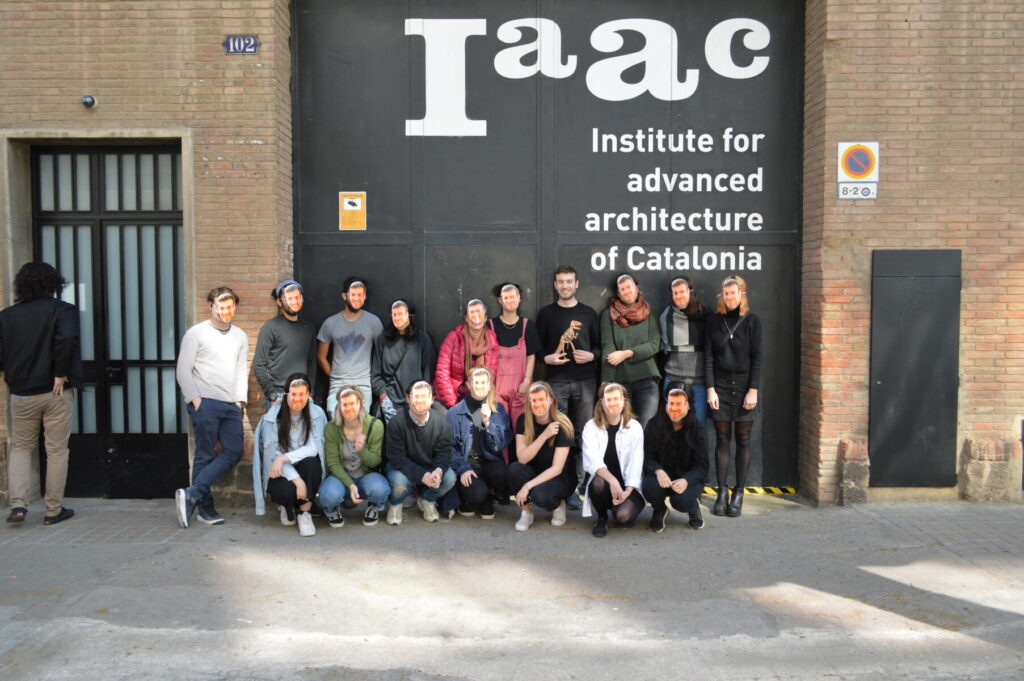
Which skills did you learn in MDEF that affected your current practice?
Since MDEF is part of Fab Lab Barcelona, we learned a lot of digital fabrication skills and also emerging technologies such as AI, synthetic biology, et cetera. At the same time, we adopted a very important mindset as well, which was extremely beneficial for us, especially in catching weak signals from today’s world and knowing how to articulate them into real practices.
You are working as the managing director of Re:public, what is the company’s focus?
In Re:public we call ourselves a Think and Do Tank. We work with quite a wide range of projects mainly in three different sectors. One is government, meaning the national government and municipalities. The second is universities, with which we do a lot of research projects. The third one is enterprises and local companies such as bamboo or merchandise factories.
What are some of the projects you are working on with Re:public?
The first project I started to work on since my graduation from MDEF and my return back to Japan in 2019, is called the Satsuma Future Commons, an urban design project in rural Japan in the Kagoshima Prefecture. The original plan was to create a new science park but we had a lot of discussions with citizens and negotiated with the municipality, so we decided to design a new innovation hub for a circular city. That’s how I’ve been fully applying what I learned at MDEF into practice. For instance, we set up a living lab and since then, we’ve been doing a lot of workshops with citizens in order to let them participate in the big plan we have for the next 20 years of the municipality. The municipality itself is in a quite special context in Japan because it has a nuclear power plant. As you can imagine, nuclear power has been a very controversial topic in Japan since the accident happened in Fukushima. At the same time, this municipality maintains the power supply chain of the region so there are a lot of dynamics and diverse agendas of stakeholders so merging all these into one massive plan is very complicated. Often when such a heavy industry is in the municipality, it is very difficult for citizens to participate in the long process but we are trying to change that.
We are now trying to transition from a 19th century industrial model to a 21st century city model, which means transitioning from one single engine of the economy to more sustainable and distributed models of not only economy but lifestyles.
My other project Circular Design Praxis (CDP) is about circular design too. I think circularity is one of the must topics for designers of today. At the same time, there is a need for creating new theories around circular design from the Asia-Pacific region because many agendas and policy-making trends around Circular Economy often come from the West which are often difficult to apply in our context.
CDP was born with the aim of exploring new theories especially from the Asia-Pacific context and putting them in practice. We hosted a symposium and the event series, Circular Design Week in Kagoshima last year. This year we are going to move the Circular Design Week to Taiwan. Our plan is to do a tour of Asian-Pacific countries when hosting this event so that we could gather the indigenous knowledge and techniques around circular design and also share this knowledge. I think rediscovering those practices through the lens of design is very important.
Recently you participated in the Fab City conference which gathers an international network coming together to develop actions towards citizen-led self-sufficient cities. How did this reflect on your work and network?
I see the Fab City conference as a networking opportunity but also as a great way of showcasing the accumulated knowledge through the practices that the communities have done. It’s a great moment for us to reflect on what we have done so far. I like to dedicate myself a lot to practices now and sometimes it’s really hard to see them from the outside, from a bird’s eye view. Fab City presents a really good opportunity for me to do that.
The event is also great for providing visibility. I know a lot of amazing local designers in the region of Kagoshima, but they don’t get much spotlight even though they work with very interesting sustainable design practices. I think showcasing their work to the world could encourage their practice. That’s the kind of role I play, coming from outside but working in a local context. That’s also why we conduct Circular Design Week inviting more than 80 people from 11 different nationalities to see what’s really happening in Kagoshima.
The Fab Lab network spreads to many places around the world. You entered the network in Barcelona when you studied in MDEF and you are now living in Japan. Did you manage to keep the connections you had in Barcelona and did you create new ones back home?
The interesting thing is that the director of MDEF, Tomás Díez, is now living in Bali. I’m somehow closer to them than I was before. Also I really see that circular design and sustainability are more active or maybe more down to earth in Asia. It’s a really interesting playground for designers of today. I think that’s also why for the last two years, the Fab City Conference has been held in Asian countries like Bali and Buthan. I feel that I would like to further engage with the Fab Lab network in the Asia-Pacific region.
What would you recommend to your past self about taking the MDEF program?
If you want to learn mainly a practical basis (of course, there are many practice basedl courses too), this course is probably not for you. But if you really want to learn the attitudes of being a designer of today, it’s the best place to go.
The course will give you amazing opportunities to meet very inspiring experts from practically all over the world. While you’re in Barcelona, you can still see so many practices and theories from Asia, America and other parts of the world. MDEF, in general, gives you quite a generous offer to learn not only traditional design but also the things that are not named in design but are very important for designers.
Any recommendations to future MDEF students?
I personally want to invite more designers from the Asia-Pacific region to consider studying MDEF because I think it presents quite a good mix!
Explore the Master in Design for Emergent Futures!
